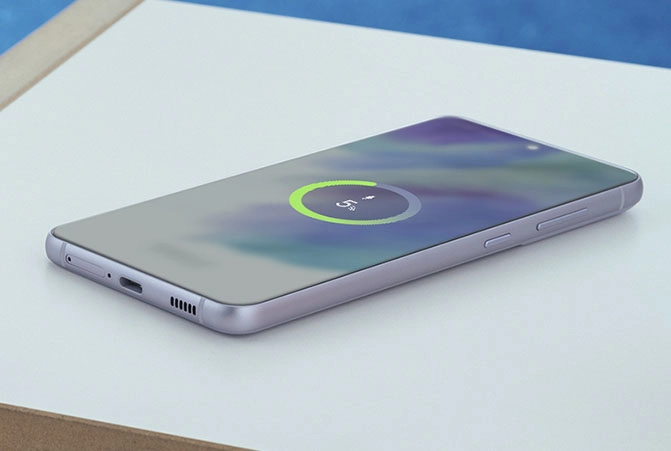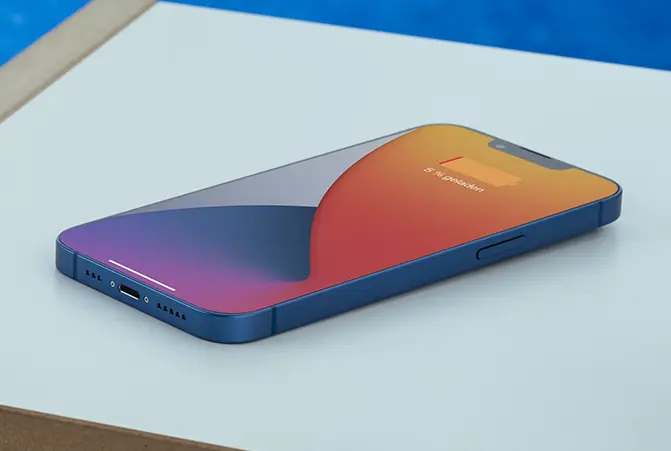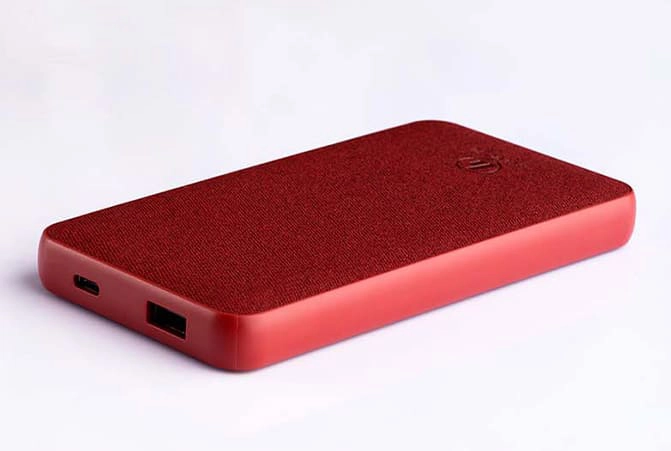How does a power bank work?
Charging your phone or tablet on the move without a power connection? Power banks supply the necessary energy! But what is a power bank and how does it work?
7 min read
At a glance: How does a power bank work?
- A power bank is an external battery for mobile devices
- A power bank enables mobile phones, tablets and the like to be charged independently of the power supply
- The rechargeable battery in a power bank is charged at a plug socket using a conventional charger for mobile devices
- The greater the storage capacity of a power bank, the larger and heavier it is
- For a full charge, tablets need a power bank with a greater capacity than smartphones
-
What is a power bank?
A power bank is a secondary battery that serves as an external energy supply for mobile phones, tablets or notebooks. A charged power bank enables any mobile device with a USB or Lightning connection to be charged on the move, independently of a power supply.
-
What does mAh mean for a power bank?
The term mAh on a power bank (like on all rechargeable batteries) stands for “milliampere hours”. This unit of measurement is used to state the capacity of a power bank, meaning how much power it can store. A power bank with 3000 mAh charges a smartphone approximately once fully, depending on its charging capacity.
-
Can a power bank explode?
Yes, a power bank can explode, but this is very unlikely for power banks from branded manufacturers. Nevertheless, the risk of explosion can increase if the power bank battery is incorrectly charged with cheap chargers or by fixed-current charging or is damaged by being dropped. You should take note when the power bank gets extremely hot or its charging capacity decreases suddenly.
What is a power bank?
A power bank is an external battery that can be used to charge mobile devices such as tablets, notebooks or mobile phones if no power supply is available. In simple terms, a power bank works like a charger with an integrated rechargeable battery. If your smartphone runs out of steam on the move during business trips or when hiking or camping, you can give it the necessary charge by connecting it to the power bank. All devices that can be connected with a USB or Lightning cable can be charged via the power bank. Power banks are available with various storage capacities and, consequently, in various sizes.
How does a power bank work?
For a power bank to work, its rechargeable battery must be charged at a plug socket or at a PC or laptop via a USB cable and charger, such as the one you use for your mobile phone. You can find out what you need to bear in mind in our article Charge a power bank.
If you need to charge your mobile device on the move, connect it to the power bank using your normal charging cable. Up to what charging level or how often a device can be charged with a single power bank charge is dependent both on the capacity of the power bank and on the charging capacity of the smartphone or tablet rechargeable battery.

Power bank: Structure and components
A power bank primarily consists of these components: Its core is a rechargeable battery made from lithium-ion cells or lithium-polymer cells. This can be found in a housing with an electronic unit. This has a charging input (Micro-USB or USB-C) and one or more charging outputs (USB-C and/or USB-A). If the power bank has several outputs, you can charge several devices at once. The USB cable needed to charge the power bank is usually supplied when you buy it. For the output, use the same charging cable that you would otherwise use for your mobile device. All power banks from Hama (such as the Hama power pack “SLIM 5HD”, 5000 mAh) are equipped with an LED capacity indicator, which allows you to see the charging level of the rechargeable battery.
What does mAh mean for a power bank?
The capacity of a power bank , i.e. the amount of electrical charge it can store, is stated on the housing in the unit “milliampere hours” (e.g. 5000 mAh). Example: You can draw 1000 milliamperes from a rechargeable battery with 1000 mAh over the course of one hour, or 200 mA over five hours. Depending on the nature and size of the integrated rechargeable battery, a power bank has a capacity of approx. 2000 to 24000 mAh.

How many mAh do I need?
To find the ideal power bank for your purposes, you first need to find out the charging capacity of your smartphone or tablet in the manual. For a smartphone with 2600 mAh, a small power bank with 3000 mAh is enough to fully charge it approximately once. Tablets need a charge of at least 4000 mAh or more. If you want to charge your mobile phone or tablet several times on one power bank charge while travelling, you should use power banks with at least 20000 mAh. However, you should then take into account the larger dimensions and higher weight of the power bank.
Good to know: The mAh information on the power bank relates to the storage capacity of the integrated rechargeable battery and not the amount of electrical charge it can deliver. This is always somewhat lower due to internal losses (e.g. due to heat). As a result, you should add around 20% to the capacity information for your mobile device so that charging with the power bank works well.
What’s special about the structure of Hama power packs?
Flat, angular lithium-polymer cells are installed in most Hama power packs . In contrast to round rechargeable battery cells, these fit inside the housing in a particularly space-saving way. High-density lithium-polymer cells, which, with their higher output power, even allow a design that is up to 40% smaller and up to 20% lighter than with round lithium-ion cells, are fitted in a whole series of Hama power packs. For instance, a power bank such as the , which weighs just 200g and measures 65 x 22 x 92 mm, easily fits in any bag or trouser pocket.
What’s more, Hama power packs fulfil the highest quality and safety standards – an aspect that is also important for the question “Can a power bank explode?”. All housings are impact-tested to protect the internal rechargeable battery from damage. The integrated lithium-polymer rechargeable battery cells are UL-certified (A-Grade) by an American testing institute.
They are characterised by fewer failures and a higher number of charging cycles than no-name or cheap cells, and so last longer. To make sure that Hama power packs work safely, they are fitted with overcharge protection, which automatically ends the charging process when the rechargeable battery is full. This prevents the rechargeable battery from getting too hot, swelling up or even exploding. Other safety functions are temperature shutoff, deep-discharge protection and short-circuit protection. We take a detailed look at the risk of explosion for power banks in our guide Power bank on a plane.



